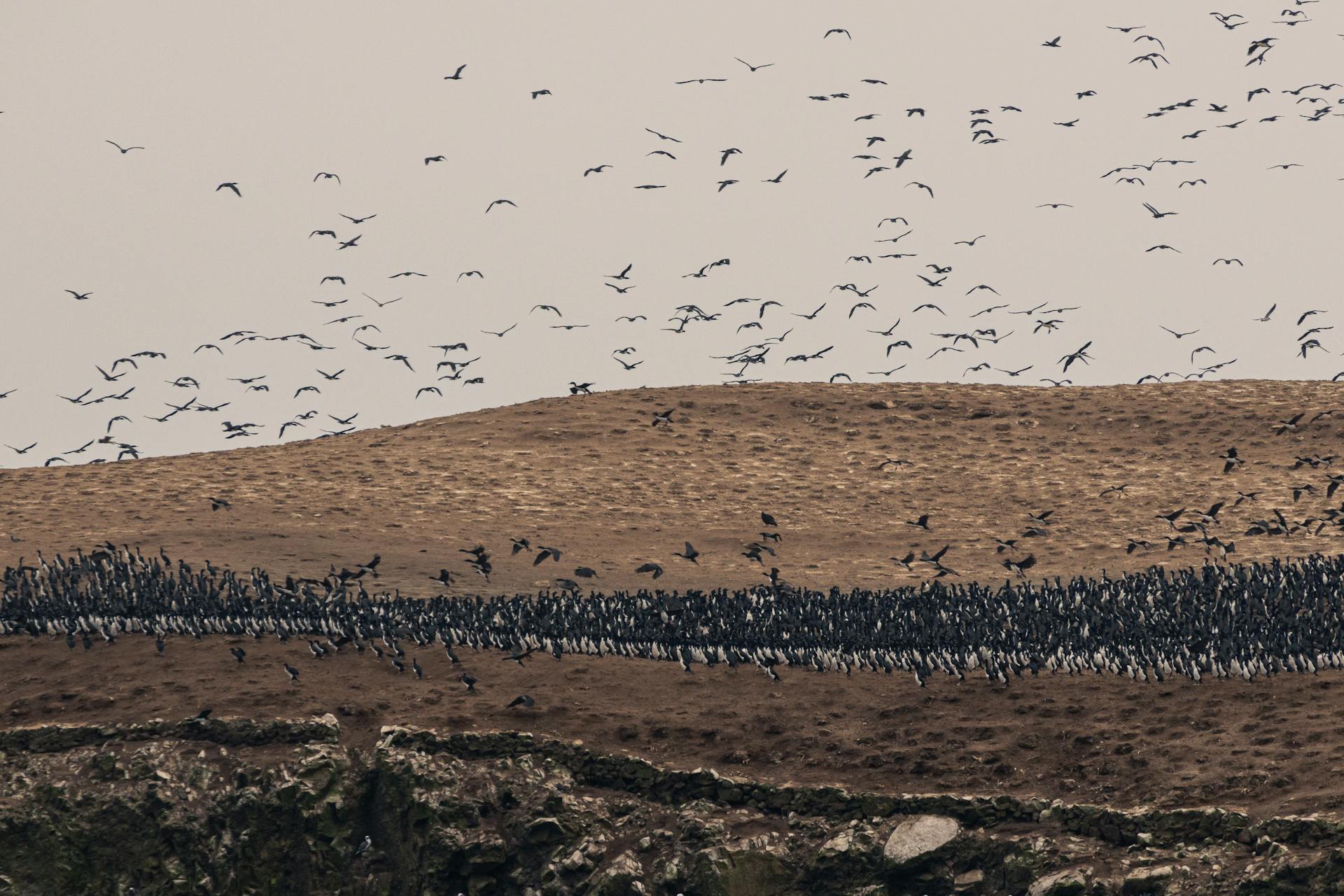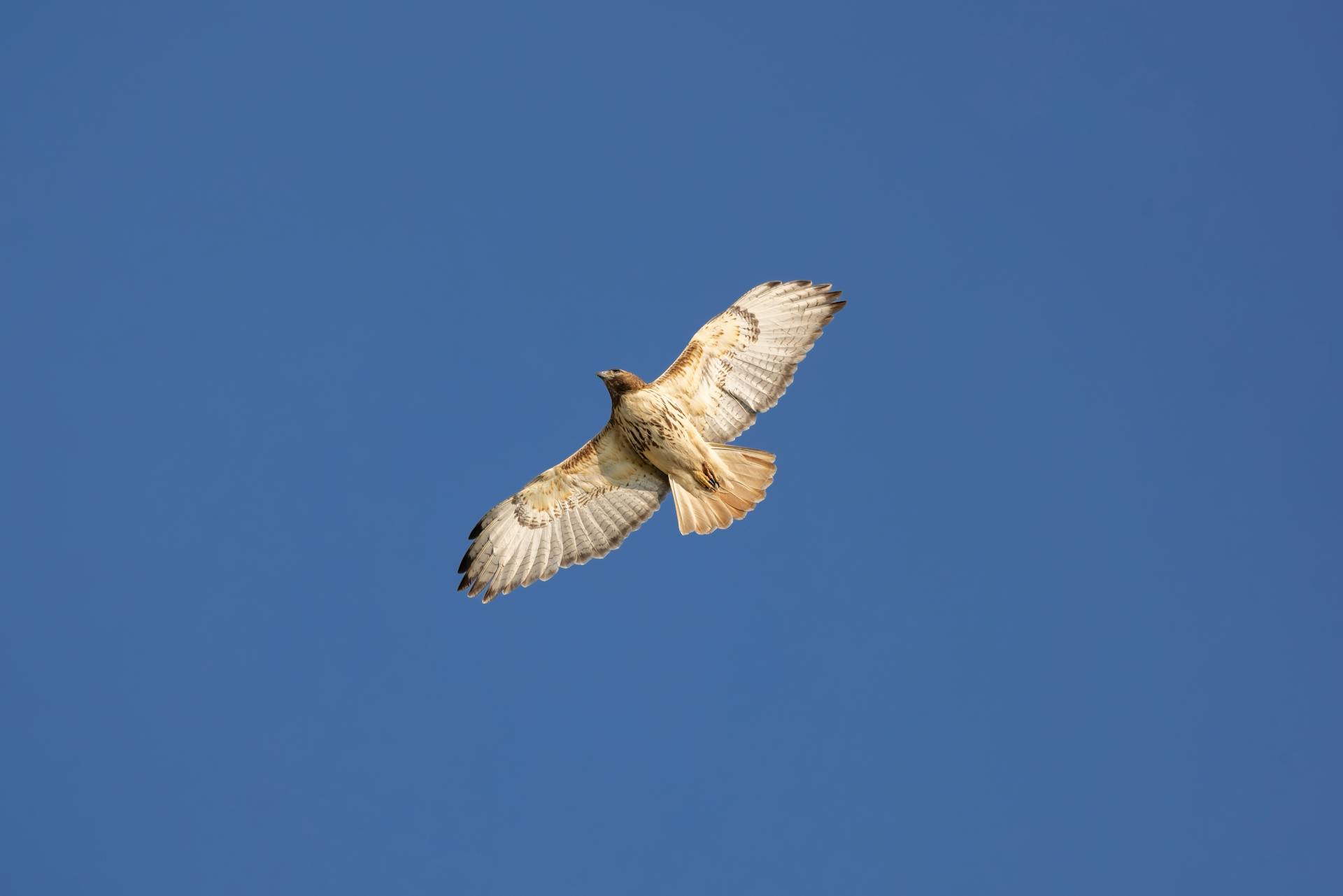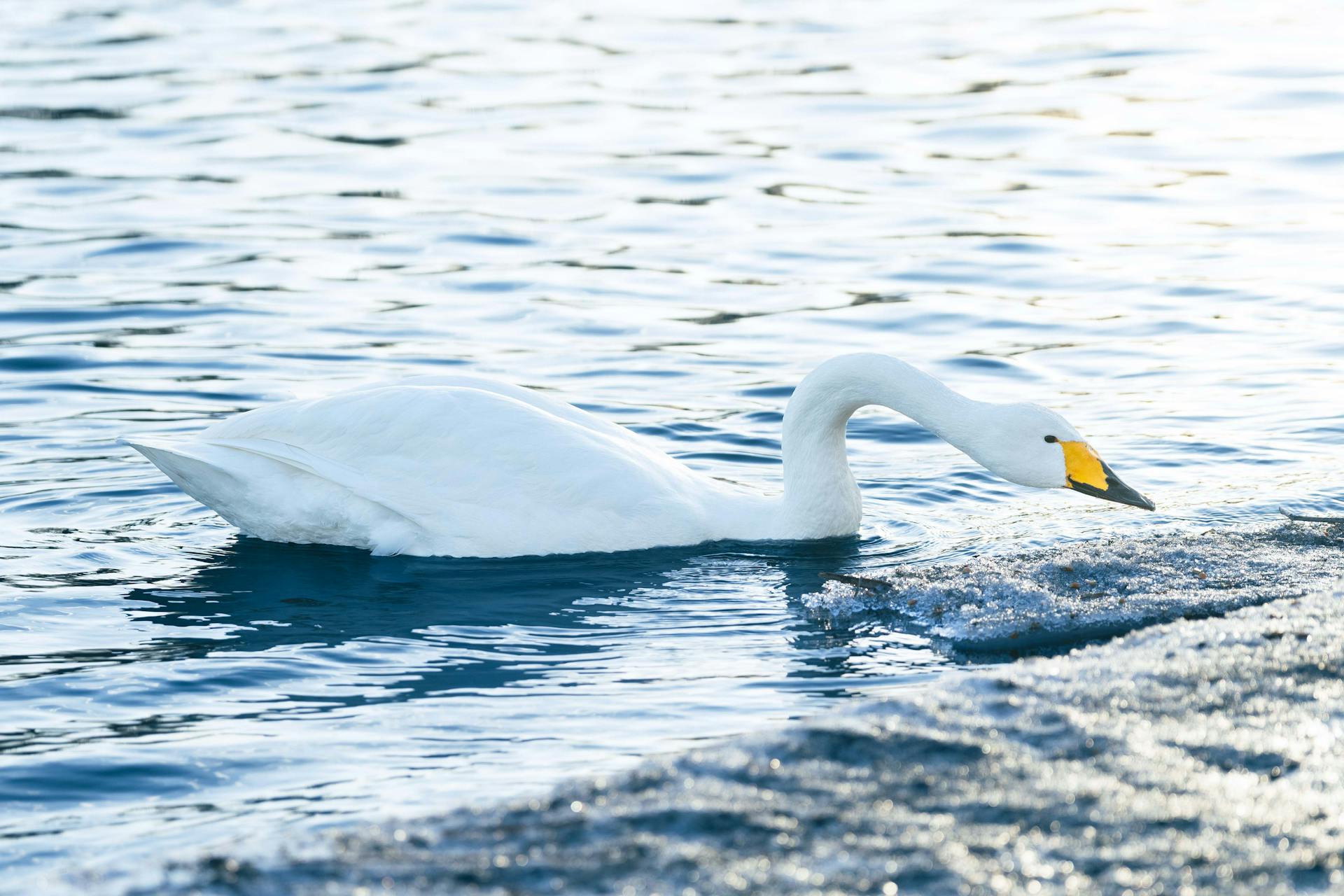Imagine soaring thousands of miles across oceans and continents, navigating using nothing but the stars and the Earth’s magnetic fields. This is the incredible reality for millions of birds every year, as they embark on one of nature’s most fascinating phenomena—migration. From the tiny hummingbird to the Arctic Tern, which travels an astonishing 44,000 miles annually, birds push the limits of endurance in their quest for survival.
Bird migration is one of the most awe-inspiring spectacles of the natural world. Each year, billions of birds take to the skies, covering vast distances to find food, breeding grounds, or simply more hospitable environments. For some species, the stakes are high—migration is a life-or-death journey. Without the ability to travel to warmer climates during winter or reach fertile breeding areas, many birds would struggle to survive. For example, the Arctic Tern makes the longest known migration, traveling from its Arctic breeding grounds to the Antarctic and back, a round trip of around 44,000 miles. This astonishing feat, replicated by countless other species, highlights how crucial migration is for birds’ survival, enabling them to thrive in the ever-changing natural world.
What is bird Migration?
Bird migration refers to the regular, often seasonal, movement of birds from one geographic region to another. This behavior is driven by the need for food, favorable weather conditions, and breeding opportunities. There are different types of migration depending on distance and elevation. Short-distance migration involves relatively minor movements, such as shifting to nearby areas during colder seasons. Long-distance migration, however, spans thousands of miles, with birds like the Arctic Tern traveling from the polar regions to the equator and beyond. Another fascinating type is altitudinal migration, where birds move vertically between higher and lower altitudes, often in mountainous regions, to adapt to changing weather conditions.
Bird migration typically follows seasonal patterns, with spring and fall marking the primary migration periods. In spring, birds head toward breeding grounds, while in fall, they move to wintering areas where food is more plentiful. The predictability of these migrations is part of what makes this phenomenon so remarkable, yet the reasons behind these incredible journeys are far more complex.
Why Do Birds Migrate?
Bird migration is largely driven by the changing seasons, particularly the shifts in temperature and food availability. As cold weather sets in, insects, fruits, and seeds become scarce in many regions, prompting birds to seek out areas with more abundant food sources. Additionally, the promise of longer daylight hours and better breeding conditions in the spring lures birds to specific areas, allowing them to raise their young in environments conducive to growth and safety.
Breeding opportunities are another major factor influencing migration. Certain regions provide ideal conditions for nesting, offering access to food and lower predation risks. For some species, environmental factors like increasing daylight, temperature fluctuations, and even wind patterns act as cues for when to begin their journey. These factors work in tandem, ensuring birds maximize their chances of survival and reproductive success.
How Do Birds Navigate During Migration?
The incredible navigation skills of birds during migration are a marvel of nature. Birds rely on internal biological mechanisms to guide them across vast distances. One of the most extraordinary of these mechanisms is the ability to detect the Earth’s magnetic fields. By sensing changes in magnetic intensity, birds can maintain their course over thousands of miles. Some species, especially those migrating at night, navigate by star patterns, while others use the position of the sun as a sun compass during daylight hours.
Genetic programming also plays a role—many migratory behaviors are instinctive, passed down through generations. Birds are also adept at using environmental cues, such as coastlines, mountains, and even wind direction, to stay on track. The combination of innate biological tools and external environmental factors allows them to perform these epic journeys with remarkable precision.
Challenges Birds Face During Migration
Despite their astonishing abilities, birds face numerous challenges during migration. Physical demands such as fatigue, hunger, and energy depletion are common, as many species travel for days without stopping. For example, the Bar-tailed Godwit is known to fly non-stop for over 7,000 miles during its migration. Predation risks also increase, as birds are more vulnerable when fatigued or forced to land in unfamiliar areas.
Human-induced challenges further complicate their journeys. Buildings and light pollution disorient birds, causing fatal collisions, while climate change alters the availability of food and suitable stopover sites. Habitat loss due to deforestation and urbanization can eliminate critical resting and feeding areas, putting migratory birds at greater risk.
Amazing Bird Migration Journeys
Some bird migration journeys are simply extraordinary. The Arctic Tern holds the record for the longest migration, traveling approximately 44,000 miles from the Arctic to the Antarctic and back each year. Equally impressive is the Bar-tailed Godwit, which embarks on a non-stop flight of over 7,000 miles, showcasing unparalleled endurance. Swallows are another well-known migratory species, making cross-continental journeys from Europe to Africa in search of warmer climates.
Many species follow established flyways, or migration routes, such as the East Asian-Australasian Flyway, which connects breeding grounds in Siberia to wintering areas in Southeast Asia and Australia. These well-worn paths are essential for the survival of millions of birds, providing stopover sites to rest and refuel along the way.
The Role of Conservation in Supporting Migratory Birds
Given the challenges birds face, conservation efforts are vital to protecting migratory species. The establishment of protected habitats and stopover sites ensures birds have safe places to rest and feed during their long journeys. International agreements, such as the Convention on Migratory Species, play a crucial role in fostering global cooperation for bird conservation.
Public initiatives like World Migratory Bird Day aim to raise awareness about the importance of protecting these travelers. With increasing threats from climate change and habitat loss, it’s essential to support conservation measures that can mitigate the dangers migratory birds face.
Conclusion
Bird migration is a powerful testament to the adaptability and resilience of nature. As we continue to learn more about these incredible journeys, future research and technological advancements like satellite tracking will offer deeper insights into how birds migrate and how we can better protect them. By taking simple steps—such as reducing light pollution and planting native vegetation—individuals can play a role in ensuring that future generations of migratory birds continue to thrive.
Frequently Asked Questions (FAQs) About Bird Migration
- Why do birds migrate?
Birds migrate primarily to find food and favorable breeding conditions. Seasonal changes, like temperature drops and food scarcity, push birds to migrate to warmer areas where resources are more abundant. Additionally, some regions provide better opportunities for nesting and raising their young. - How do birds know when to migrate?
Birds use a combination of environmental cues such as changes in daylight hours, temperature, and food availability to know when to migrate. Some species are also genetically programmed to start their migration at specific times of the year. - How far do birds migrate?
Migration distances vary significantly among species. Some birds, like sparrows, may migrate only a few hundred miles, while others, such as the Arctic Tern, travel as far as 44,000 miles round-trip from the Arctic to the Antarctic each year. - How do birds navigate during migration?
Birds use a variety of navigation tools, including the Earth’s magnetic fields, star patterns, the position of the sun, and landmarks like coastlines and mountain ranges. They also rely on instinct and genetic programming to guide them along their migratory routes. - What are some of the biggest challenges birds face during migration?
Migrating birds face numerous challenges, including exhaustion, lack of food, predators, and weather extremes. Human-caused challenges, such as light pollution, habitat destruction, and climate change, further complicate their journeys. - What is the longest bird migration?
The Arctic Tern holds the record for the longest migration, traveling about 44,000 miles annually between its breeding grounds in the Arctic and wintering areas in the Antarctic. - How can humans help migratory birds?
Conservation efforts such as protecting habitats, reducing light pollution, and supporting bird-friendly policies are crucial. Individuals can also contribute by planting native plants, reducing pesticide use, and participating in citizen science programs like bird counts. - What are stopover sites, and why are they important?
Stopover sites are resting and feeding areas birds use during migration to refuel. These sites are critical for the survival of migratory birds, allowing them to recover energy before continuing their long journeys. Destruction of these sites poses significant risks to their survival. - Do all birds migrate?
No, not all birds migrate. Some species are permanent residents of their habitats and do not need to migrate, while others engage in short-distance, long-distance, or altitudinal migrations depending on their needs and the environment. - What is World Migratory Bird Day?
World Migratory Bird Day is an annual event that raises awareness about migratory birds and the need for conservation efforts to protect them. It is celebrated globally through various educational activities, events, and initiatives aimed at highlighting the importance of safeguarding migratory bird species and their habitats.


